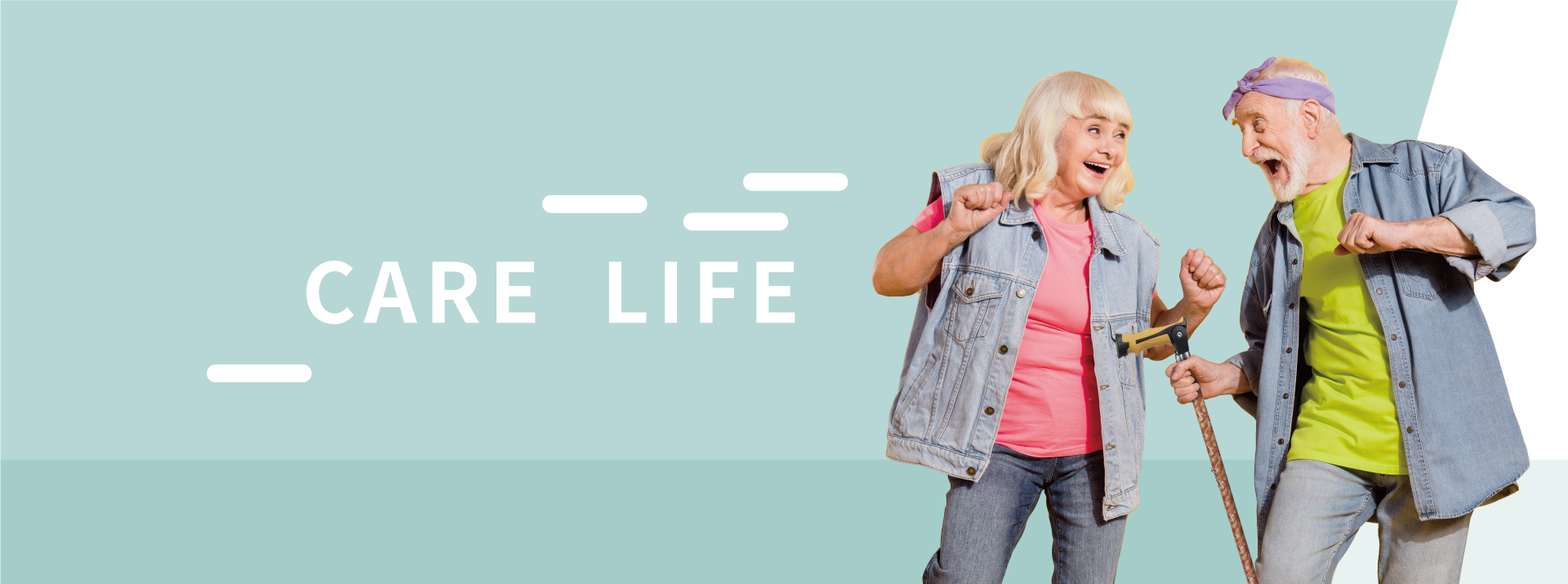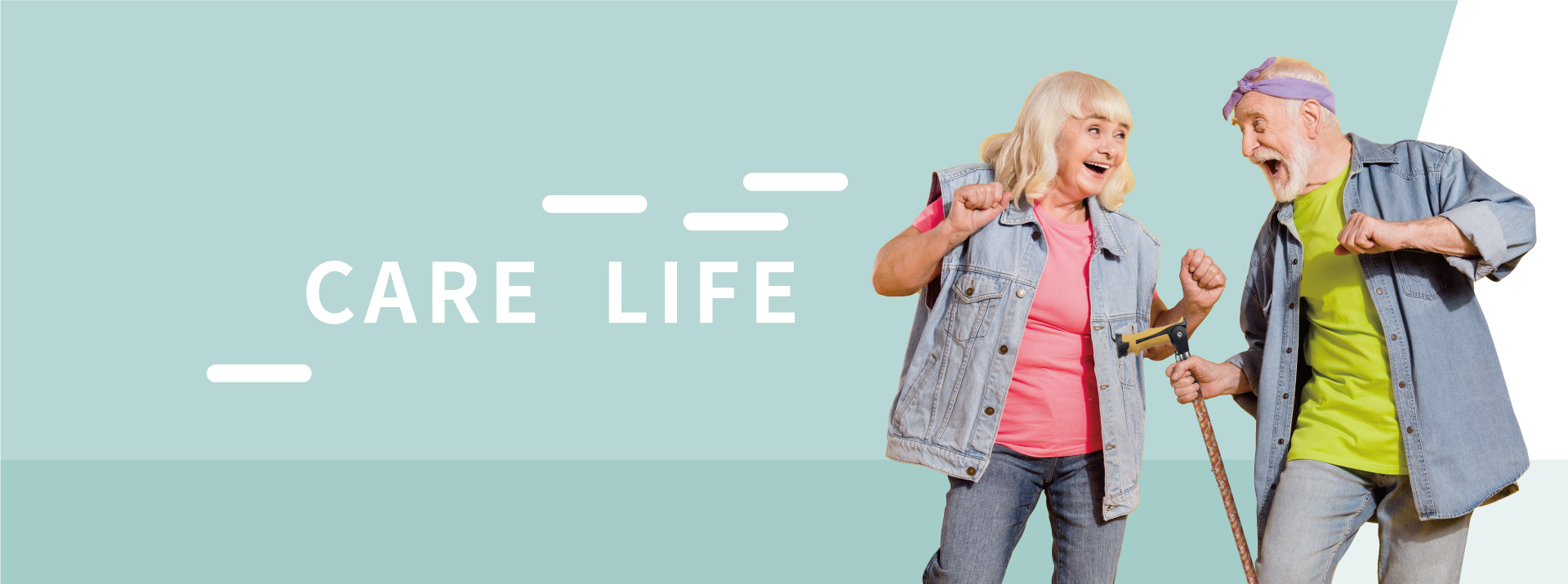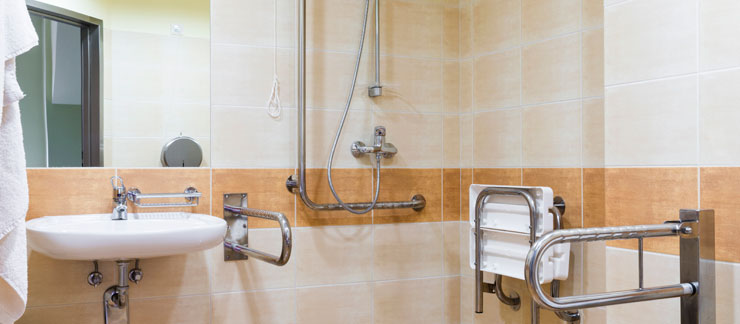




When it comes to elder care safety in a loved one’s home, the bathroom deserves immediate attention.
Over 230,000 people are injured in the bathroom each year, according to the most recent survey by the Centers for Disease Control and Prevention.
Most of those injuries are caused by falling, with those who are aged 65 or older having the highest injury rate — including the highest fracture rates and being hospitalized most often.
It’s not just slipping in the bathtub or shower.
Standing up from, sitting down on or using the toilet was the No. 3 cause of injuries in the bathroom, followed by getting out of the tub or shower.
With this in mind, here are seven areas where bathroom safety can improve your ability to care for an elderly family member.
1.Install Grab Bars
Grab bars are an indispensable tool for elder care bathroom safety.
They perform two essential functions. First, they give your loved one something to grip when moving in and out of the tub or getting on and off the toilet.
Second, in the case of a fall, grab bars will be there for your loved one to grab before falling.
2. Install Non-Slip Surfaces
Many falls are caused by slippery surfaces. To prevent slips, it is advised that you install non-slip surfaces on the floor of your loved one’s tub or shower.
Non-slip decals should also be applied to bathroom tile, which can be just as dangerous as the tub when wet.
Remove scatter rugs, which are easy to slip on or trip over.
3. Improve Accessibility
Making sure that commonly used items are within easy reach is essential for areas like bathrooms where the risk of slipping or falling is heightened.
This is especially important in the shower/bathtub. Make sure that soap, shampoo, conditioner, towels, and any other bathing items are within easy reach.
4. Remove Obstacles
Bathroom safety can be improved by removing items that are easily tripped over.
One of the biggest risks for the elderly is tripping over the side of their bathtub. Installing a walk-in shower or walk-in bathtub can prevent this from occurring.
5. Reduce Risk of Over-Exertion
Overexertion is the No. 2 most common cause of injuries in the bathroom, behind falls, according to the CDC study.
Consider installing a secure bathing seat and a raised seat for your loved one’s toilet, to help your loved one avoid over-exerting him or herself.
6. Improve Visibility
For many elderly people, frequent urination – especially at night – is a common complaint.
By installing night lights that illuminate the walkway from the bedroom to the bathroom, you reduce the chance of a fall or injury.
7. Prevent Hot Water Burns
Elderly people have thinner, more delicate skin and can take longer to notice hot temperatures.
Because of this, they are often at increased risk of burns caused by hot water. Make sure your loved one's bathroom taps are labeled and keep hot water temperatures to a maximum of 120 F.
Finally, elder care bathroom safety can always be improved by having someone around to look after your loved one.
Source:VisitingAngels

When it comes to elder care safety in a loved one’s home, the bathroom deserves immediate attention.
Over 230,000 people are injured in the bathroom each year, according to the most recent survey by the Centers for Disease Control and Prevention.
Most of those injuries are caused by falling, with those who are aged 65 or older having the highest injury rate — including the highest fracture rates and being hospitalized most often.
It’s not just slipping in the bathtub or shower.
Standing up from, sitting down on or using the toilet was the No. 3 cause of injuries in the bathroom, followed by getting out of the tub or shower.
With this in mind, here are seven areas where bathroom safety can improve your ability to care for an elderly family member.
1.Install Grab Bars
Grab bars are an indispensable tool for elder care bathroom safety.
They perform two essential functions. First, they give your loved one something to grip when moving in and out of the tub or getting on and off the toilet.
Second, in the case of a fall, grab bars will be there for your loved one to grab before falling.
2. Install Non-Slip Surfaces
Many falls are caused by slippery surfaces. To prevent slips, it is advised that you install non-slip surfaces on the floor of your loved one’s tub or shower.
Non-slip decals should also be applied to bathroom tile, which can be just as dangerous as the tub when wet.
Remove scatter rugs, which are easy to slip on or trip over.
3. Improve Accessibility
Making sure that commonly used items are within easy reach is essential for areas like bathrooms where the risk of slipping or falling is heightened.
This is especially important in the shower/bathtub. Make sure that soap, shampoo, conditioner, towels, and any other bathing items are within easy reach.
4. Remove Obstacles
Bathroom safety can be improved by removing items that are easily tripped over.
One of the biggest risks for the elderly is tripping over the side of their bathtub. Installing a walk-in shower or walk-in bathtub can prevent this from occurring.
5. Reduce Risk of Over-Exertion
Overexertion is the No. 2 most common cause of injuries in the bathroom, behind falls, according to the CDC study.
Consider installing a secure bathing seat and a raised seat for your loved one’s toilet, to help your loved one avoid over-exerting him or herself.
6. Improve Visibility
For many elderly people, frequent urination – especially at night – is a common complaint.
By installing night lights that illuminate the walkway from the bedroom to the bathroom, you reduce the chance of a fall or injury.
7. Prevent Hot Water Burns
Elderly people have thinner, more delicate skin and can take longer to notice hot temperatures.
Because of this, they are often at increased risk of burns caused by hot water. Make sure your loved one's bathroom taps are labeled and keep hot water temperatures to a maximum of 120 F.
Finally, elder care bathroom safety can always be improved by having someone around to look after your loved one.
Source:VisitingAngels